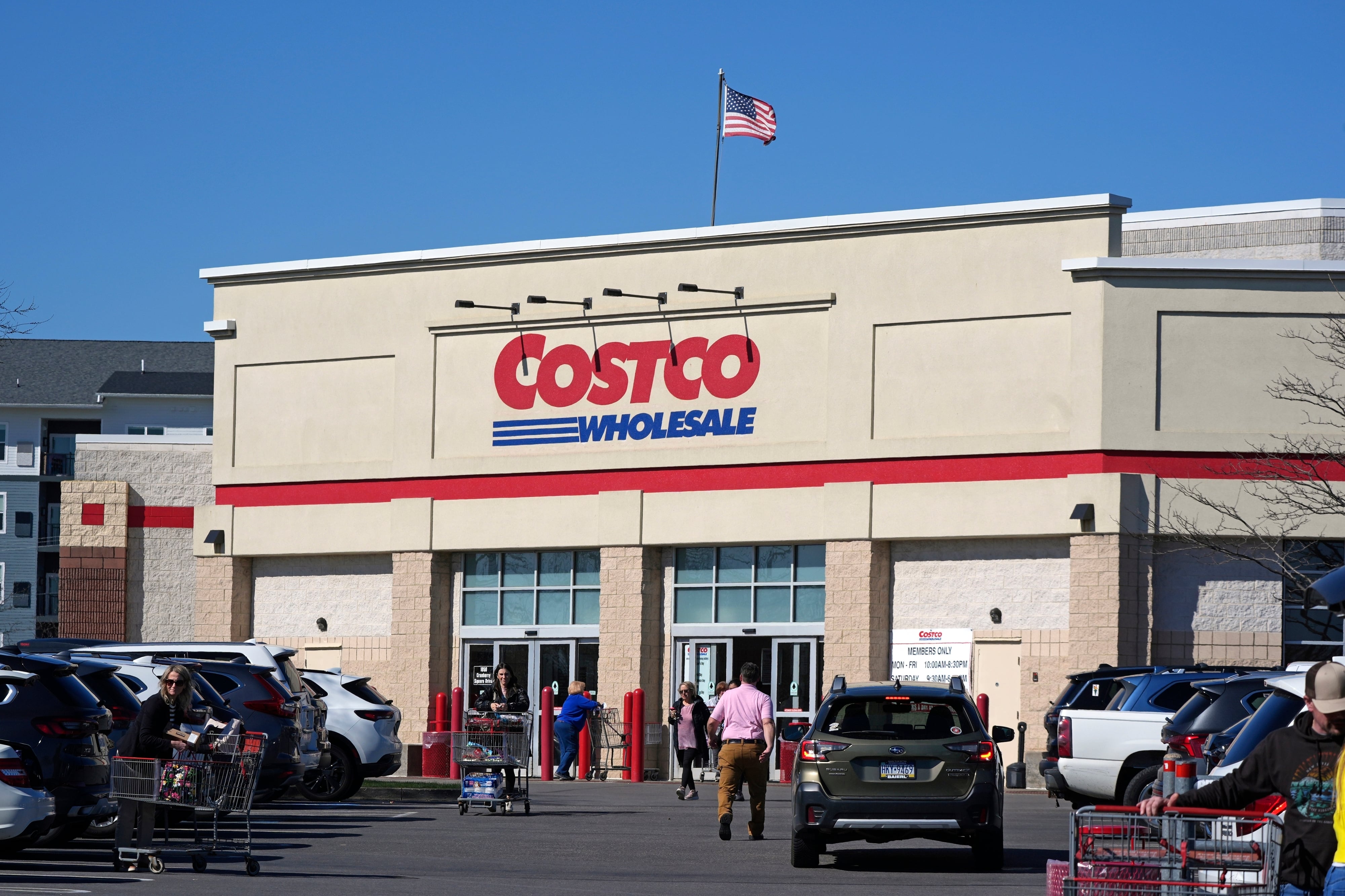"Serious transparency" is coming to Canadian cannabis.
On the back of a groundbreaking partnership with data heavyweights Deloitte and Nielsen, cannabis industry intelligence company Headset on Monday announced the launch of its real time analytics tool in the province of Alberta, marking its official debut in the Canadian market. Stakeholders anticipate the data Headset Insights generates ー first in Alberta, and eventually across all of Canada ー will serve as a road map for companies outside of cannabis looking to penetrate the industry, and for Canadian cannabis companies as the market grows more diverse and competitive.
"It's the start of some serious transparency in the Canadian market. We've been starved for Canadian data for some time now. In the absence of that we've been using U.S. data and trying to draw parallels, but it's difficult to do so," said Rishi Malkani, M&A advisory partner at Deloitte.
The Canadian launch of Headset Insights comes about five months after the trio partnered up to leverage the data, resources, and connections of each player to bring the same understanding of business trends and consumer habits to the Canadian cannabis industry, as already exists in more mature industries, like beverages and consumer packaged goods.
"This is the first time we are going to be seeing this kind of data. Even the stuff that's published by the governments of Canada or provinces themselves doesn't get this granular down to the product level. So there is a big appetite for this data given that it is very competitive and given everyone wants to win this market as soon as possible," Headset CEO Cy Scott told Cheddar.
It also helped to normalize cannabis. Nielsen vice president of business development Richard Lee even said he considers cannabis "an extension of a new category" in CPG ー one replete with ample opportunities for companies in the CPG sector.
Headset Insights, already at work for cannabis retailers in select U.S. states including California, Colorado, Washington, and Nevada, moved into Canada thanks to Nielsen and Deloitte's broad network of connections. The tool is all Headset’s technology, but eventually Nielsen and Headset will collaborate to combine Headset's point of sale insights with information Nielsen draws about consumer motivation ー who is buying what and why ー from the panels it is so well known for.
"The idea is to work collaboratively with retailers in sourcing data and offering services back to them and then providing a holistic view of the market. Working with retailers and also licensed producers to help them understand their market share, help them understand their performance in the industry relative to their competitors, and really to make informed decisions off that data," Lee said.
For its part, Deloitte will drum up insights by combining its own data with that of Headset and Nielsen's. Deloitte serves a broad range of clients from government regulators and Canadian cannabis companies, to consumer packaged goods companies assessing an entryway into the industry.
The timing of the launch couldn't be better. Come October 17 ー exactly one year after Canada first permitted sales of recreational cannabis ー Canadian regulators will broaden the law to allow for sales of new types of cannabis products like vaporizers, edibles, and infused beverages. Less than a year into adult-use cannabis legalization in Canada, some producers have already suffered from lack of insight into the industry. The bottom line for Canopy Growth ($CGC) suffered last quarter, for example, when the company was forced to compensate wholesalers for soft gels and oils that didn't sell.
"The more products that will be out there, the more competitive it will get. That just means that data's going to be even more important at that point in time to really understand what consumers are looking for," Lee said.
As excitement around the launch of new form factors, which are expected to hit shelves in mid-December, reaches a fever pitch, data collection beginning the moment the market goes online, should cut through the noise to help cannabis companies quickly identify where to focus their energy and capital. It could also prove useful to companies in more traditional industries, like pharmaceuticals and the beverages industry, as they consider entering into the cannabis industry, either through partnerships, new product launches, or even acquisitions.
"There has been a lot of investment, particularly in Canadian brands from CPG groups like Constellation Brands, for example, and [its] investment in Canopy Growth. Canopy Growth, obviously, is one of many LPs. There's a lot of opportunity out there for other investments that might be similar and leveraging Headset will give you a clear view of these brands and their performance over time to help narrow that decision," Scott said.
Headset also on Tuesday released some initial data from the province of Alberta, collected from Stats Canada and the Alberta Gaming, Liquor and Cannabis (AGLC). The numbers showed flower is by far the most popular product, accounting for an estimated 73 percent of sales in the province from March through May. But Scott said he expects popularity of the new form factors to continue to chip away at flower's market share, which has already slipped since legalization.
Following the launch of Headset Insights in Alberta, chosen as a launch site for the maturity of its market and parallels to the U.S. cannabis industry, Scott said Headset is already working on rolling out the tool in other provinces. He said he hopes to have British Columbia, Ontario, Saskatchewan, and Manitoba online before the close of 2019, and aims to tackle the Atlantic provinces in 2020.












